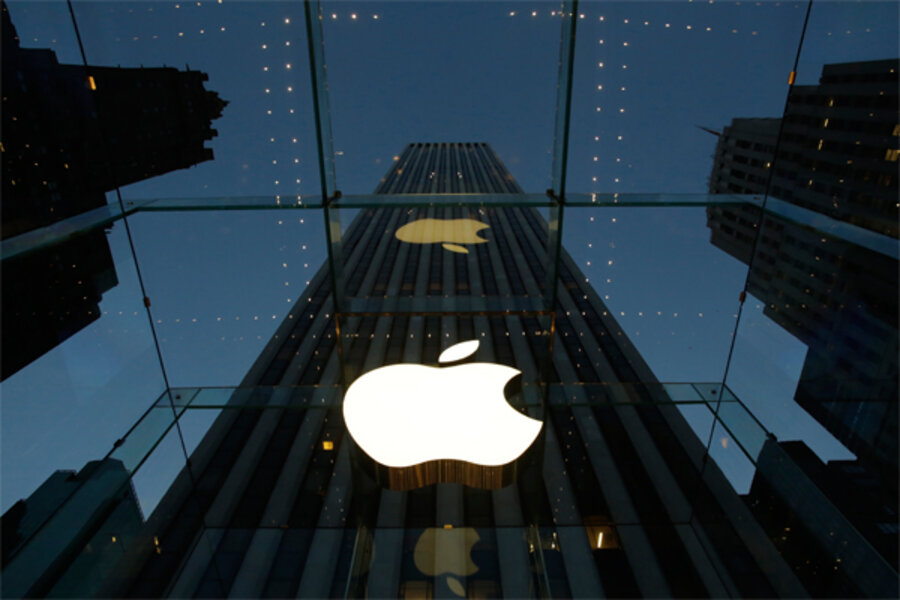Apple to fuel its iWatch with solar power: report
Technology is growing smarter by the second. But more capability means more processing, and the batteries of the past aren’t enough to feed the growing smart-technology beast. This being said, companies such as Apple are searching for new ways to continue developing lighter, smarter, and increasingly wearable technology with an energy source that matches innovation.
Apple believes the solution is in the sun.
Citing sources familiar with the matter, the New York Times reports that Apple is working on finding a way to use solar energy to power its much-rumored iWatch. The idea would be to add a curved solar panel layer to the surface of the wristwatch computer, so the watch could recharge in the sunlight.
The reason solar panels haven’t caught on in battery technology yet is that often devices are tucked away in a pocket, bag, or used indoors. But with wearable tech growing in popularity, using solar energy from the walk to work could be a viable option.
However, sources say regardless of whether the technology works, it is still years from being implemented into the product. In the meantime, Apple has also experimented with kinetic energy, meaning the watch could glean power from the swinging motion of an arm while walking, as well as magnetic induction, meaning the watch would recharge by being placed on a surface charged with electricity.
Apple isn’t the only one reportedly hoping to update battery tech. Samsung recently developed the Dream Battery, which “uses solid electrolytes, instead of the liquid or polymer used by lithium-ion batteries” that help diminish safety risks that can be an issue with the current default lithium-ion batteries, according to the New York Times. Yahoo chief executive Marissa Mayer invested in a start-up called uBeam in 2012 that uses ultrasonic rays to charge electronics. The University of Washington-Seattle is working to create devices powered via Wi-Fi.
Until now, smart-device makers have largely focused on making screens and chips more efficient to battle battery drain. But with wearable tech developing fast, tech companies are likely going to need to focus their energy on batteries.






